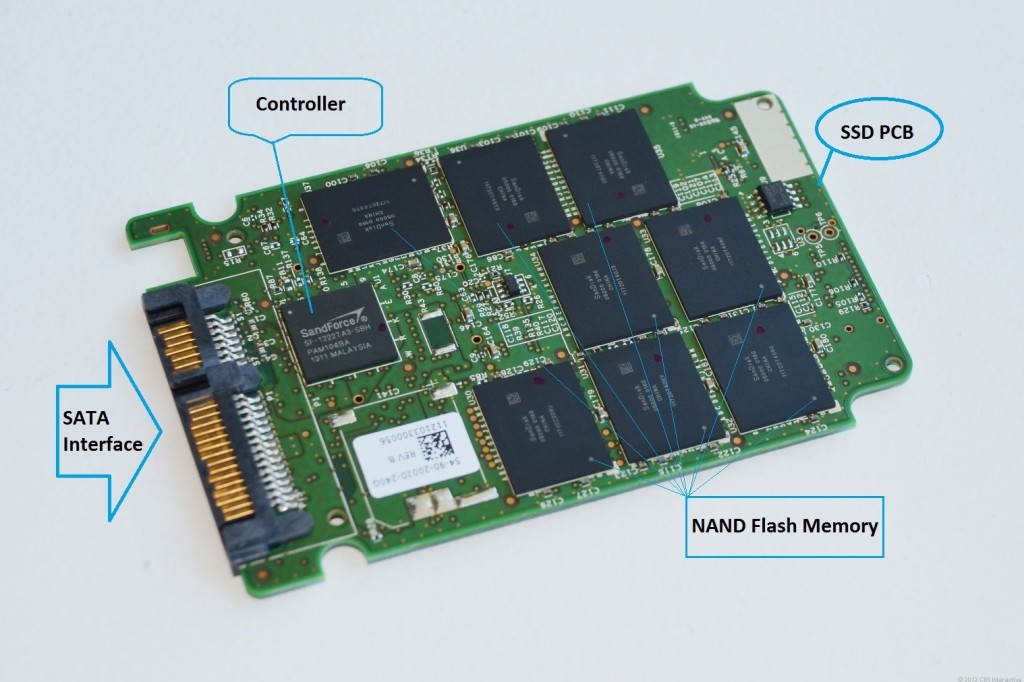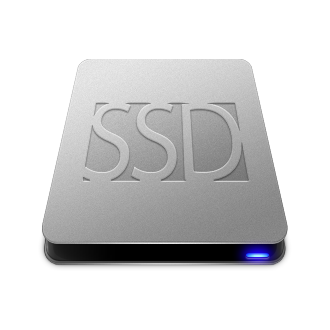

Eventually, the SSD's write capacity will be exhausted, which will lead to data loss. Manufacturers provide an estimate of terabytes written (TBW), which tells you how much data you can write to the SSD before it starts to fail. Solid state drives have a limited number of write cycles. But, if things go bump in the night and you require solid state drive data recovery, Recover-SSD is your solution.Ĭan you calculate the life span of an SSD? Using a wear-leveling technique, data becomes distributed across all storage cells. Wear-Leveling functions allows all blocks to ensure a supreme lifespan. The number of write cycles, and capacity of the drive differs depending on the model. For instance, having more storage capacity ensures a much longer lifespan of an SSD. The more storage cells on a SSD, the longer it will work. Wear-Leveling extends SSD lifespan, and improves reliability. What's SSD Lifespan & SSD Wear-Leveling in relation to solid state drive data recovery? Recover data on any solid state drive with experienced SSD recovery engineers.

SSD HARD DRIVE DATA RECOVERY FULL
Failed, deleted, also physical damaged SSDs still have a chance at full recovery. Solid state drive repair requires extensive SSD knowledge. SSD drive data recovery experts extract data directly from the NAND flash memory chips of SSDs. Data recovery from corrupted SSDs is possible. Information safety is the first priority of every consumer, and this is true even with SSD drives.Īfter a data recovery service is performed on your solid state drive, you can rest assure, and worry no more. Although, when operating at a corporate level, data corruption issues present many challenges. Losing important information doesn't always have to end in disaster.
SSD HARD DRIVE DATA RECOVERY SOFTWARE
SSD failure, viruses, and software corruptions are the leading causes of data loss.ĭata loss happens to businesses and individuals, even with a secure network in place. Not because of the technology, but because higher density cells experience more failures. In fact, studies show 3D- TLC type drives have the highest replacement rate. Although, studies show how they aren't more reliable than MLC drives. SSD drives using SLC flash technology is the most costly. SSD reliability also depends on the drive model. Thus, individual cells fail, and overall performance degrades. If a power failure kills the drive, its likely we'll access and recover your data. SSD data recovery can be used to recover many SSD failures. SSDs are also silent and have an almost instant access time compared to HDDs. They can better handle accidental drops, and even submersion in water. This makes them shock-resistant and capable of extreme temperatures. Solid-state drives (SSDs) are more reliable than hard disk drives (HDDs) in harsh environments, especially because they have no moving parts. The reliability of SSD storage is impressive. Algorithms finally unscramble these sets and restore them as viewable files. On a screen readout, one views scrambled data sets. Then, applying the NAND chip to a socket reader, and plugging in the USB port to a computer will apply power. Once the chips are removed they're cleaned using flux, a flat tip soldering iron, and alcohol. If this step of the process isn't handled carefully, the pads on the chip will become damaged. Next, the memory chips are gently removed from the board. Using a hot air soldering station and flux will improve heat transfer. First, engineers must remove memory chips by melting the solder. To recover damaged SSD files, Recover-SSD takes the proper steps. But, those without encrypted controller chips have full potential. Meaning, once data becomes corrupted, there's no chance at recovery. Certain SSD models contain an encrypted controller chip. In such cases, engineers begin a chip-off data recovery process. To recover data from solid state drives with physical damage, SSD data recovery experience is key.


 0 kommentar(er)
0 kommentar(er)
